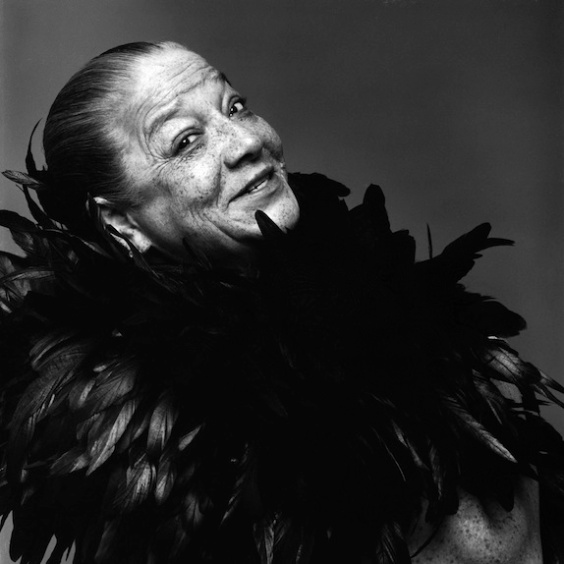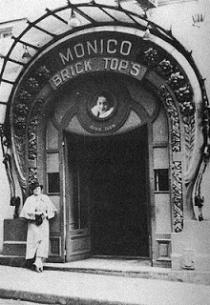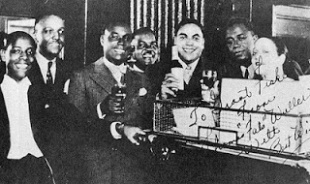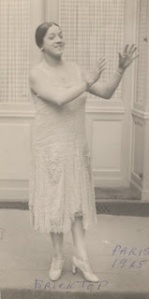In the modern day, the infamous 20’s nightclub Chez Bricktop no longer exists. This is what makes memories and recollections of it so special. Only tales remain of the atmosphere which ignited the club, as those who frequented the venue are no longer around to share their experiences, and just a single recoding and a memoir remains. The building itself of the former location of the club has been demolished and rebuilt into a modern cafe. It would be impossible to find a club today to parallel Bricktop’s, as there is no intimacy or personal connection in the night scene like there was in the time of Bricktop. 
To know about Chez Bricktop, one of Paris’ most frequented night clubs of the roaring twenties, one must first become familiar with the owner and manager of the club, the charismatic Ada Smith. Smith gained her nickname due to her bright hair color and freckles. She was an American vaudevillian who came to Paris in 1924 and started performing in Montmartre jazz clubs like The Music Box and Le Grand Duc. At this time the public was still new to African American entertainers as it was before Josephine Baker’s Revue Negre and Le Tumulte Noire. As her career continued, she became a great influence on many jazz performers and her proteges included Mabel Mercer, Josephine Baker and Duke Ellington
A close friend of Bricktop’s, musician Cole Porter often invited her to his parties, where she would entertain and teach the guests the newest dance moves. It is here that she gained a great amount of friends and clientele for her new club, including Scott and Zelda Fitzgerald, Ernest Hemingway, T.S. Eliot, and even the Duke and Duchess of Windsor. Later Porter wrote one of most famous songs, “Miss Otis Regrets” in her honor.
Eventually Bricktop begun to gain experience in the show business and recognition amongst writers, elite performers and even royalty. Soon Bricktop was managing Le Grand Duc and decided she was ready to open up her own club in 1927, just across the street. When it came to naming the club, Porter insisted that it was to be called Chez Bricktop as he knew it would be the lady in her signature feather boa draped over one shoulder, people would come to visit. “Bricktop’s was a combination mail-drop, bank, rehearsal hall, club house—even a neighborhood bar. But it was always chic”, said the owner of her lively establishment. During the 20’s and 30’s Bricktop and her club nightclub enjoyed unrivaled success, and became a great part of Paris and it’s nightlife and performance scene.
Two years after the opening of Chez Bricktop, she decided to upgrade to a larger venue, so the club remained under the same name but relocated to 66, rue Pigalle (known today as rue Jean-Baptiste Pigalle). Some of the antics that occurred at Chez Bricktop’s include Bricktop meeting her husband and saxaphonist, Peter Duconge in the club, as well as writer John Steinbeck getting thrown out of the club one night, after which he improved his reputation in the hostess’ eyes by sending her a taxi full of roses.
The club stayed open and in highly popular until the war when Bricktop left France. In 1964, she announced her retirement, “I’m tired, honey. Tired of staying up all night”.


